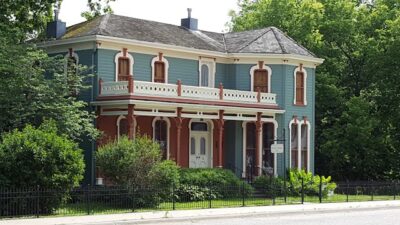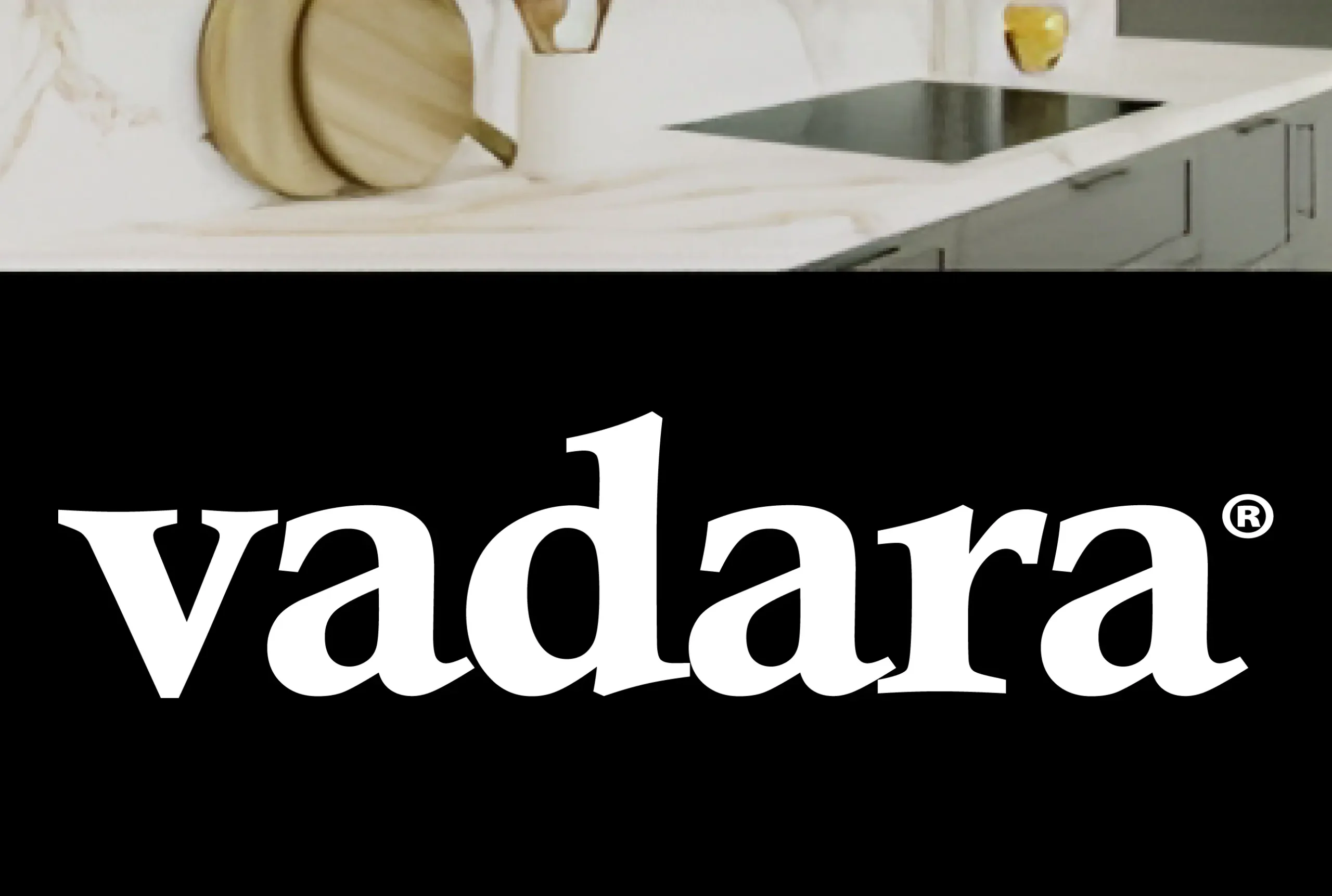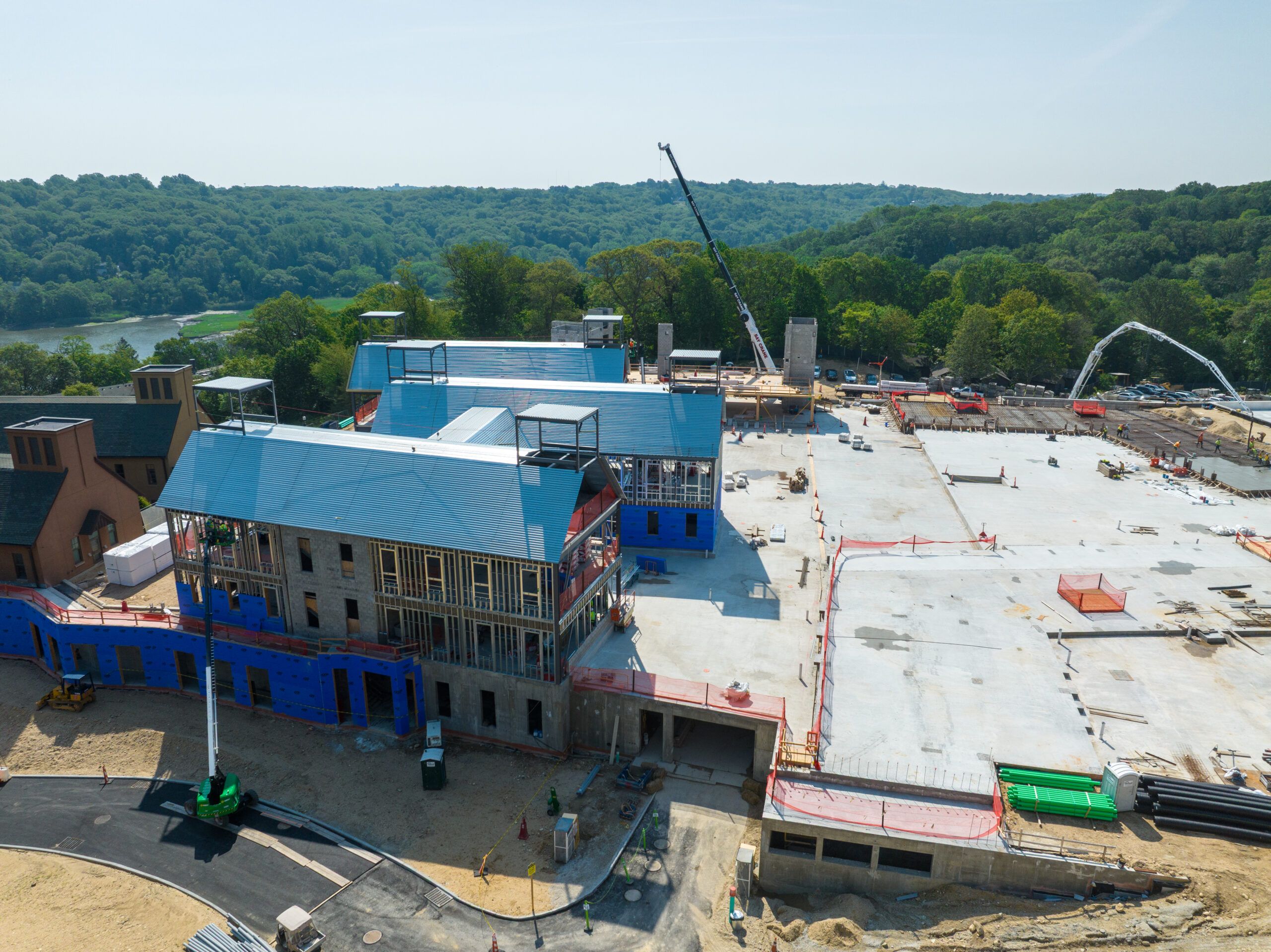Older homes have a timeless appeal, but they often require extra care to maintain their charm and functionality. Studies show that homes built more than 30 years ago can need twice as much upkeep as newer properties. This means that if you own an older house, you need to be proactive about identifying and addressing potential issues before they turn into costly repairs. The unique construction methods and materials of the past require specialized attention to ensure your home remains safe, energy-efficient, and structurally sound. Whether it’s a sagging roof or aging plumbing, tackling these issues systematically can help you enjoy your home’s beauty without compromising its integrity.
1. Keep an Eye on Foundation Health
The foundation of your home plays a critical role in its overall stability. Over the years, natural shifts in soil and weathering can cause cracks or other damage. Even small cracks in the foundation can allow moisture to seep in, which may lead to bigger structural problems. Regularly inspecting your foundation is essential. Look for visible cracks, uneven floors, or doors that don’t close properly. These can all be signs of foundational shifts. Small cracks can often be sealed with epoxy injections, but larger cracks or uneven settling should be addressed by a professional. Fixing these issues early can save you from expensive repairs later.
2. Assess Roof Conditions and Plan for Replacement
Roofs on older homes are particularly vulnerable to wear and tear due to outdated materials and years of exposure to the elements. Regular inspections are key to spotting issues like missing shingles, sagging areas, or water stains on ceilings. While repairs can help prolong a roof’s lifespan, older homes often require complete roof replacement to maintain structural integrity. Modern roofing materials not only last longer but also provide better energy efficiency. Investing in a new roof ensures your home stays protected from weather damage, preventing further complications like leaks or mold growth.
3. Modernize Outdated Plumbing Systems
Plumbing in older homes often relies on materials like galvanized steel, which can corrode and lead to leaks or water quality issues. If you notice rust-colored water, reduced water pressure, or frequent leaks, it’s time to evaluate your plumbing system. Replacing old pipes with modern materials like PEX or copper is a worthwhile investment. This not only ensures a steady supply of clean water but also reduces the risk of sudden pipe bursts. Regularly checking exposed pipes in basements or under sinks can help you catch issues early and avoid costly water damage.
4. Upgrade Aging Electrical Wiring for Safety
Electrical systems in older homes were not designed to handle today’s energy demands. Outdated wiring, such as knob-and-tube or aluminum wiring, can pose a significant fire hazard. Warning signs include flickering lights, frequent tripped breakers, or warm outlets. These issues should never be ignored. A licensed electrician can assess your home’s wiring and recommend necessary upgrades, such as replacing old systems with modern circuit breakers and grounded outlets. These updates not only improve safety but also enhance your home’s functionality by supporting modern appliances and devices.
5. Restore Windows and Doors to Reduce Energy Loss
Windows and doors in older homes can be both a source of beauty and a cause of energy inefficiency. Drafty windows and loose doors let in cold air during winter and heat during summer, driving up energy bills. Start by inspecting seals around windows and doors for gaps or wear. Applying weatherstripping or caulking can improve insulation and reduce drafts. If original windows are beyond repair, consider energy-efficient replacements that mimic the home’s historic style. Properly insulated windows and doors not only improve comfort but also lower your heating and cooling costs significantly.
6. Maintain Your Heating and Cooling Systems
Older homes often rely on outdated HVAC systems that can be inefficient and costly to operate. Regular maintenance of your heating and cooling systems is crucial to ensure they function effectively and last longer. Start by scheduling annual inspections with a qualified technician to clean ducts, check for leaks, and ensure proper airflow. If your system is more than 15 years old, it may be worth replacing it with a modern, energy-efficient model. Upgrading your HVAC system can not only reduce your energy bills but also improve the overall comfort of your home.
7. Address Potential Lead Paint and Asbestos Risks
Homes built before the 1980s may contain hazardous materials such as lead paint or asbestos. These materials can pose serious health risks, especially during renovations when they may become airborne. If your home was built during this time, consider hiring a certified professional to conduct a thorough inspection. Lead paint can often be sealed with special encapsulation techniques, while asbestos should be safely removed by experts. Proactively addressing these issues helps create a healthier living environment for you and your family.
8. Reinforce the Structure to Prevent Future Damage
The structural elements of older homes, such as beams and joists, can weaken over time due to wood rot, termites, or general wear and tear. Inspect areas like the basement, attic, and crawl spaces for signs of damage. Look for sagging floors, cracked beams, or water stains. If you spot any issues, consult a contractor to assess the extent of the damage and make necessary repairs. Reinforcing the structure not only ensures safety but also preserves the long-term stability of your home.
9. Boost Energy Efficiency with Improved Insulation
Many older homes were built with minimal or outdated insulation, leading to high energy costs and inconsistent indoor temperatures. Inspect your attic, walls, and crawl spaces to determine whether additional insulation is needed. Adding modern insulation materials, such as spray foam or fiberglass, can help retain heat in the winter and keep your home cool in the summer. Proper insulation not only makes your home more energy-efficient but also reduces your carbon footprint and improves overall comfort.
10. Restore and Protect the Home’s Exterior
The exterior of an older home is its first line of defense against the elements. Over time, features like wood siding, brickwork, and paint can deteriorate, leaving the home vulnerable to water damage and decay. Start by inspecting the exterior for cracks, peeling paint, or signs of moisture. Repointing brickwork, repairing siding, and applying a fresh coat of paint can extend the life of your home’s exterior. Additionally, installing gutters and downspouts in good working condition will help channel water away from the foundation, preventing potential damage.
Maintaining an older home requires diligence and attention to detail, but the effort is well worth it. By addressing these critical areas—from the foundation to the roof—you can preserve the charm and character of your property while ensuring its safety and functionality. With proper care, your older home can continue to be a source of pride and joy for years to come.












